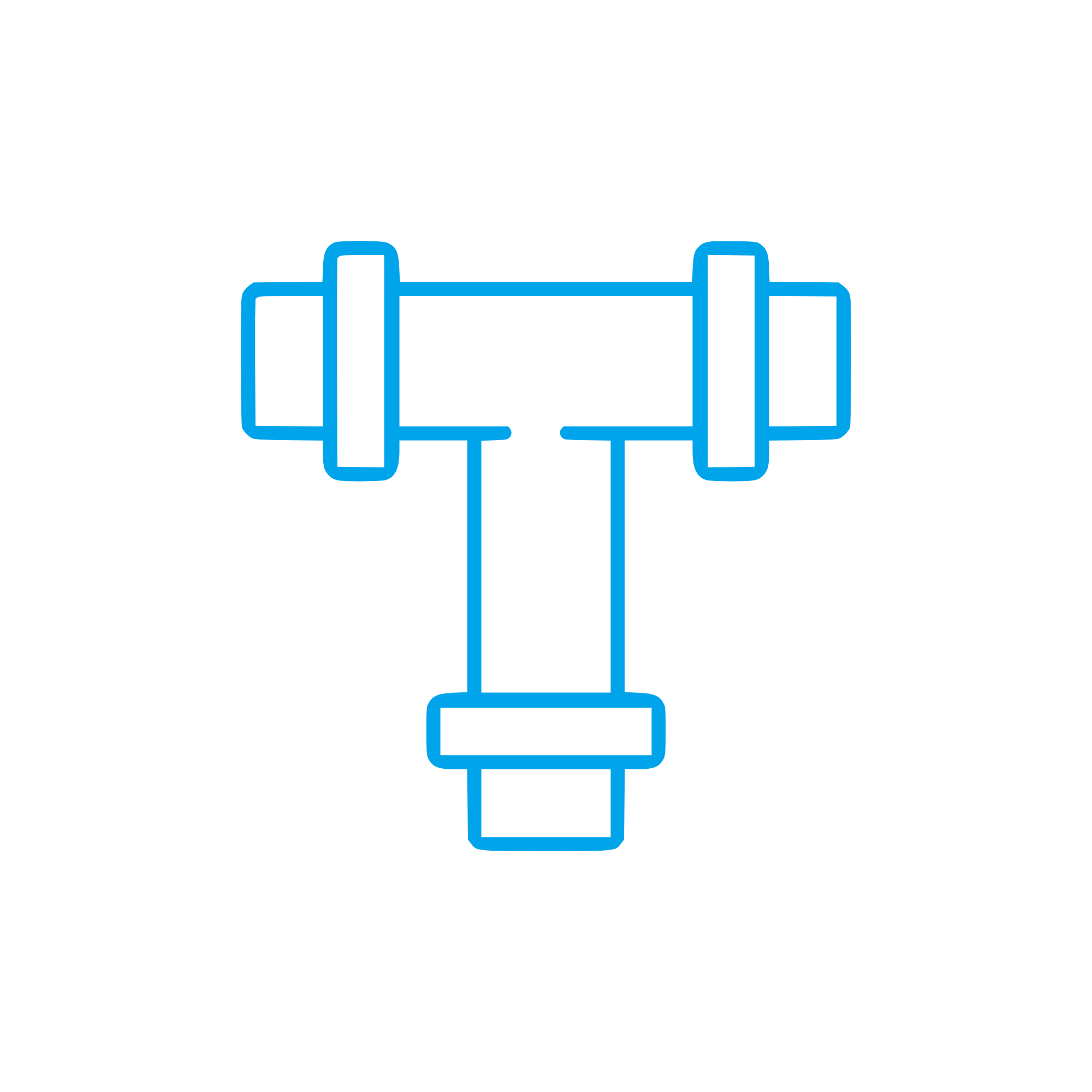OIL LINE and Lines and Pipes for Reliable Engine Performance
Lines and pipes are the circulatory system of any propulsion or power-generation unit. This article category covers rigid pipes, flexible hoses, and precision-formed tubes that route vital media—lubricating oil, fuel, coolant, charge air, and crankcase gases—throughout the engine. Whether in a large marine engine or a compact industrial diesel engine, properly engineered lines and pipes ensure stable pressure, clean flow, and safe operation under harsh thermal and vibratory loads.
Within this network, the OIL LINE is critical. It feeds bearings, camshafts, piston cooling jets, and turbochargers, then returns oil to the sump with minimal aeration and restriction. The materials, diameters, bend radii, and connection types of these lines are selected to withstand hot oils, high pulsation, and continuous vibration. From stainless steel tubes with formed ends to PTFE-lined hoses with fire sleeves, correctly specified lines and pipes protect engine components, stabilize temperatures, and sustain efficiency.
Technical function of lines and pipes – OIL LINE in diesel engine and marine engine systems
An engine’s performance depends on how precisely fluids move through its circuits. The OIL LINE in a diesel engine supplies pressurized lubricant to hydrodynamic bearings and turbocharger cartridges, maintaining the oil film that prevents metal-to-metal contact. In a marine engine, long runs and complex routing demand tight control of pressure drops; every bend, tee, and fitting is designed to preserve flow while mitigating vibration and thermal expansion.
Lines and pipes also manage fluid separation and return. Oil drain lines from the turbocharger must be sized and routed to avoid pooling and coking; breather and scavenge lines must minimize backpressure. Coolant pipes regulate temperature gradients across cylinder heads and liners. Fuel pipes ensure stable injection pressures without cavitation. In all cases, cleanliness, surface finish, and internal geometry reduce turbulence, protect pumps, and safeguard injectors and bearings. When replacing components, OIL LINE OEM parts matched to the engine maker’s specifications keep these parameters within design limits.
- · Precise ID/OD and wall thickness for controlled flow and pressure.
- · Materials resistant to heat, vibration, and corrosive media (e.g., stainless steel, CuNi, PTFE).
- · Engineered bends and supports to prevent chafe and fatigue.
- · Leak-tight connections: flared, swaged, or flanged to DIN/SAE standards.
- · Fire protection options for engine room safety (insulation, fire sleeves).
- · Cleanliness and surface finish that reduce sludge and coking risk.
- · Compatibility with lubricants, coolants, and fuels used in marine and industrial duty.
Importance for engine operation and service life
Reliable lines and pipes are integral to uptime and lifecycle costs. Even minor deviations—slightly undersized pipes, rough internal surfaces, or misrouted hoses—can increase pressure drop, raise oil temperatures, and starve critical components. A single compromised OIL LINE can escalate to turbocharger failure, bearing seizure, or piston scuffing. In fuel circuits, cracked pipes or fatigued flare seats can introduce air, cause misfires, and elevate emissions. In cooling circuits, pinhole leaks lead to hot spots, head distortion, and unplanned shutdowns.
Common failure modes include vibration-induced cracking at unsupported spans, corrosion under insulation, fretting at clamps, seal aging at fittings, and sludge accumulation from inadequate filtration or heat soak. Preventive replacement with correctly specified components, proper clamp spacing, and adherence to routing diagrams are decisive measures to preserve engine integrity and extend service intervals.
Advantages of OEM spare parts suitable for lines and pipes
Using OEM spare parts suitable for lines and pipes preserves the engineered balance between flow, pressure, and mechanical stability. These components match the exact geometry, metallurgy, and connection standards defined for the engine platform, ensuring that the replacement OIL LINE for a marine engine or diesel engine behaves identically to the part it replaces. The result is predictable lubrication, stable temperatures, and consistent emissions and fuel economy.
Beyond fit and performance, OEM spare parts provide robust documentation and traceability that facilitate compliance with classification society requirements and internal QA procedures. Cleanliness levels, hydrostatic testing, and dimensional tolerances are verified to the drawing, reducing commissioning risks and rework. Over the lifecycle, the correct specification minimizes secondary damage, shortens downtime, and protects budgets through fewer unplanned interventions.
Selecting OIL LINE OEM parts for marine engine reliability
When sourcing an OIL LINE OEM parts set, verify pressure ratings, temperature class, line routing compatibility, and connection interfaces (e.g., DIN 2353 compression, SAE J514 flare, banjo bolts). Confirm inclusion of correct seals, clips, and support brackets. For marine applications, prioritize corrosion-resistant materials and, where required, fire-protected assemblies compliant with engine room safety standards. This attention to detail translates directly into dependable operation in heavy seas and long-running duty cycles.
MOPA as a partner for OEM spare parts lines and pipes
MOPA is an experienced partner for OEM spare parts in the category of lines and pipes, including every critical OIL LINE you need for diesel and gas engines. Customers value our speed in sourcing and shipping, our consistent quality, and the security of working with a supplier focused on traceable, specification-true components. From turbocharger feed and return lines to coolant manifolds and fuel pipes, we support fleets and power plants with responsive logistics and technical clarity.
With MOPA, purchasers and technical teams gain a reliable single point of contact for complex assemblies, matched kits, and documentation. Our network and expertise help minimize downtime and keep propulsion and power-generation assets running at peak efficiency.
Conclusion: OIL LINE and lines and pipes keep engines productive
Lines and pipes—especially the OIL LINE—are fundamental to engine health, efficiency, and safety. Selecting OEM spare parts suitable for lines and pipes safeguards performance, reduces operational risk, and extends service life across marine and industrial engines.


